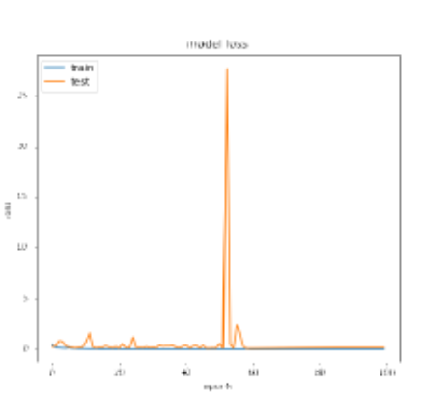


Indian Journal of Science and Technology
DOI: 10.17485/IJST/v17i27.3126
Year: 2024, Volume: 17, Issue: 27, Pages: 2813-2819
Original Article
Najwa Anwar Almuafi1∗, Mohammad Eid Alzahrani2
1M.Sc. Artificial Intelligence, Al-Baha University, Al-Baha, Saudi Arabia
2Department of Computer Science, Faculty of Computing & Information Al-Baha University, Al-Baha, Saudi Arabia
*Corresponding Author
Email: [email protected]
Received Date:19 December 2023, Accepted Date:19 June 2024, Published Date:13 July 2024
Objectives: In medical research, the application of AI technologies has become a desirable approach for disease diagnosis due to their ability to increase diagnosis speed and accuracy. One major application of these technologies is in diagnosing diseases using medical imagery data such as X-ray and CT scan images. The objective of this study is to implement a COVID-19 diagnosis approach based on ML and compare it with laboratory testing approaches. Methods: The study utilizes the VGG16 architecture to extract features from X-ray and CT scan images, which are then used to build an ANN classifier to predict images as either COVID-positive or normal. Real-world datasets of varying difficulty were employed to evaluate the system's performance under different stressors, while comparative analysis with other classifiers was conducted to assess the model's improvement in accuracy and time complexity. Findings: The proposed architecture correctly classified 98.41% of the testing images. Among the images from infected patients in the testing set, 97.54% were accurately identified, while 98.72% of the normal cases were correctly classified. The model demonstrated good precision, with 96.49% of predicted COVID cases truly being from COVID-19 patients. Additionally, the F1 score for the model is 98.41%, indicating a good balance in predicting both categories. Showcasing its ability to handle multiple predictions quickly. The model's execution time for classifying a single case was computed as 0.0039 seconds, showcasing its ability to handle multiple predictions quickly. The proposed approach exhibits superior performance on datasets with balanced outcomes, surpassing the accuracy of SVM, DT, Logistic Regression, and Random Forest models. The approach outperforms laboratory-based testing approaches in terms of accuracy cost and assay times. Novelty: This study not only implements a robust ML-based approach for COVID-19 diagnosis but also provides a unique comparative analysis with traditional laboratory-based testing methods, such as Reverse Transcription Polymerase Chain Reaction (RT-PCR), reported in other literature. This dual focus on ML performance and its comparison with established testing methods highlights the practical advantages of ML in terms of diagnosis speed, accuracy, and cost-efficiency, offering a comprehensive perspective not commonly addressed in existing research.
Keywords: COVID-19, Machine Learning techniques, F1 score, Classifier, Specificity, Accuracy, Sensitivity, Precision
© 2024 Almuafi & Alzahrani. This is an open-access article distributed under the terms of the Creative Commons Attribution License, which permits unrestricted use, distribution, and reproduction in any medium, provided the original author and source are credited. Published By Indian Society for Education and Environment (iSee)
Subscribe now for latest articles and news.